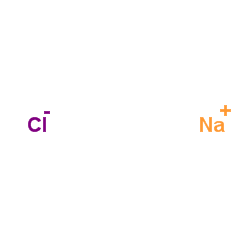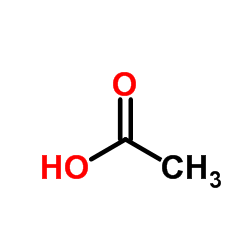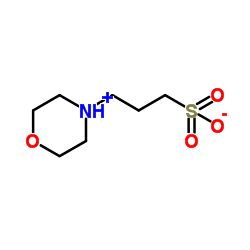| Structure | Name/CAS No. | Articles |
|---|---|---|
 |
Sodium hydroxide
CAS:1310-73-2 |
|
 |
sodium chloride
CAS:7647-14-5 |
|
 |
N-hexane
CAS:110-54-3 |
|
 |
3-Ethyl-2,4-pentanedione
CAS:1540-34-7 |
|
 |
acetic acid
CAS:64-19-7 |
|
 |
SODIUM CHLORIDE-35 CL
CAS:20510-55-8 |
|
 |
Stanolone
CAS:521-18-6 |
|
 |
MOPS
CAS:1132-61-2 |
|
 |
acetic acid
CAS:1173022-32-6 |
|
 |
propylsulfonic acid
CAS:5284-66-2 |